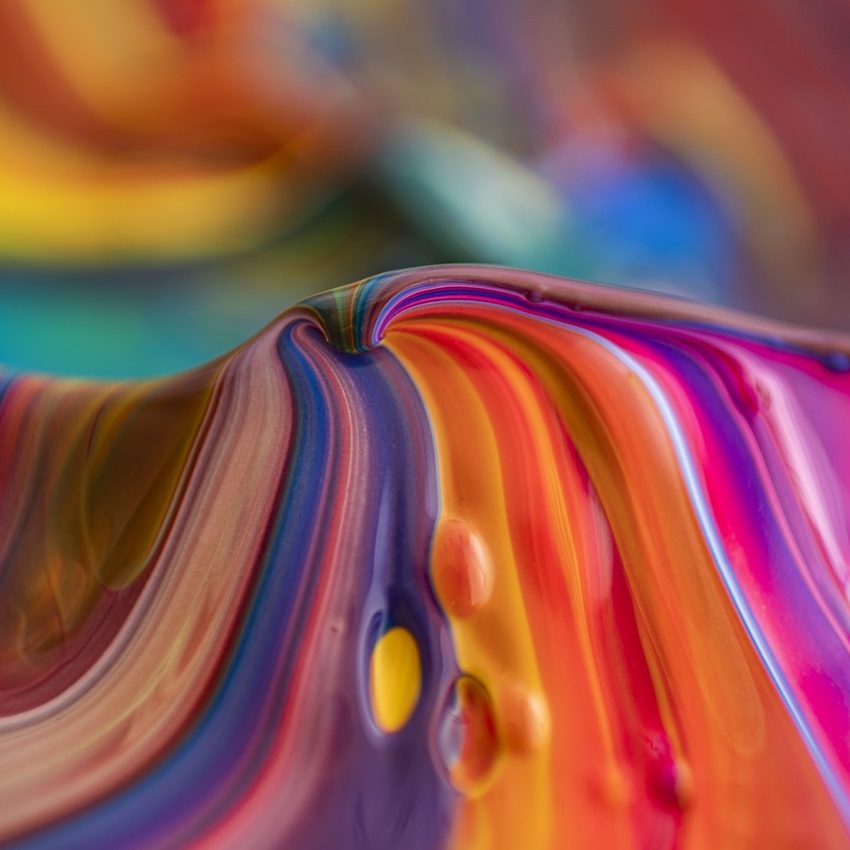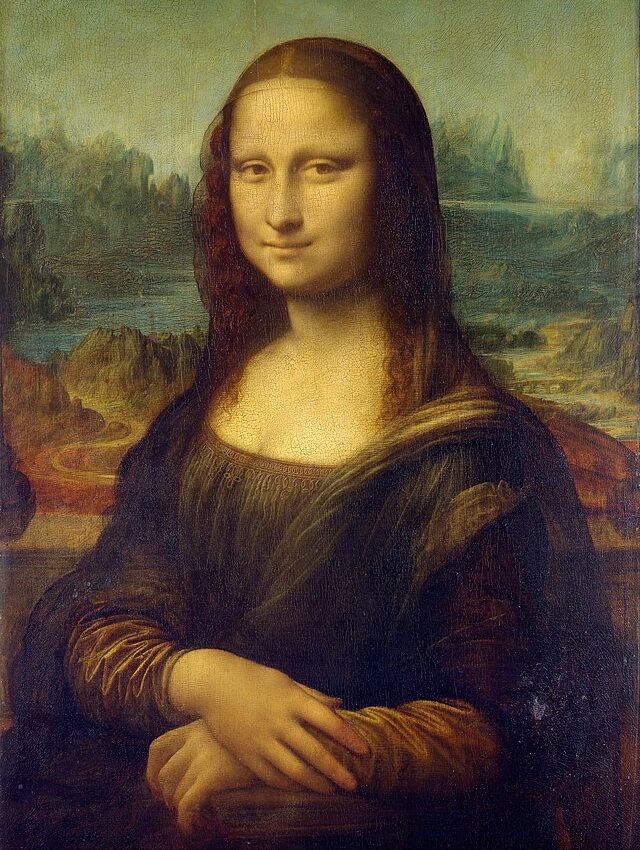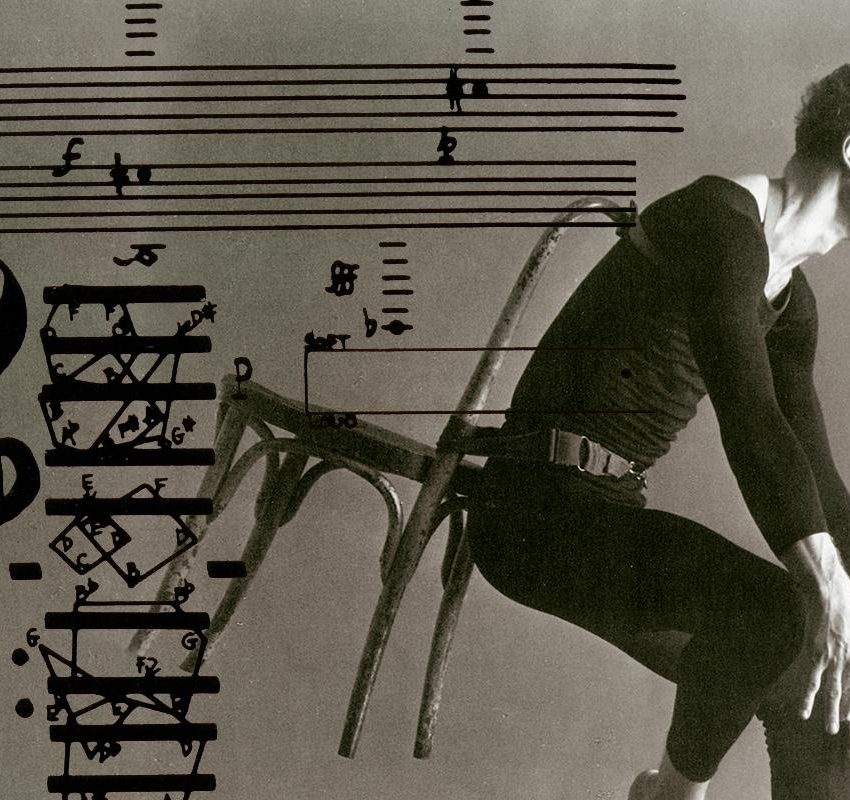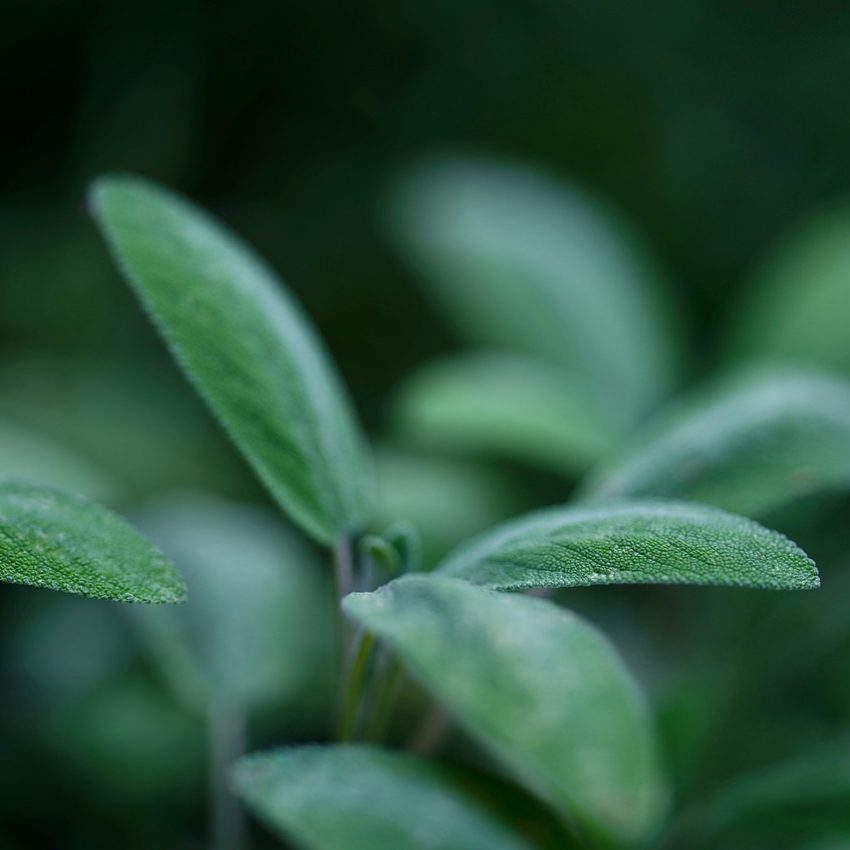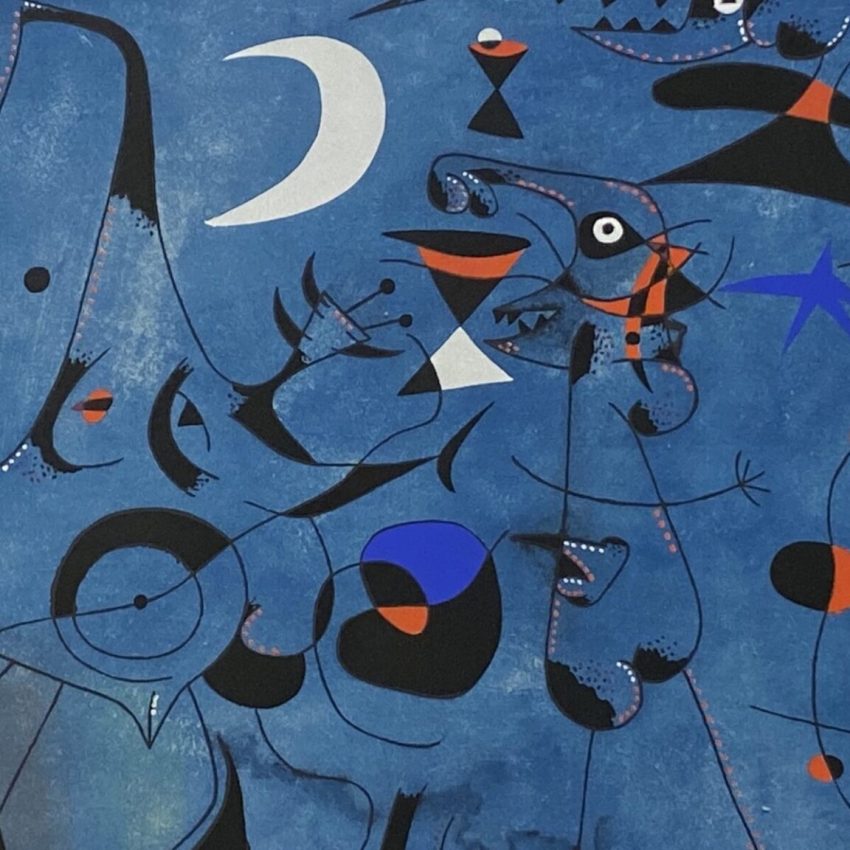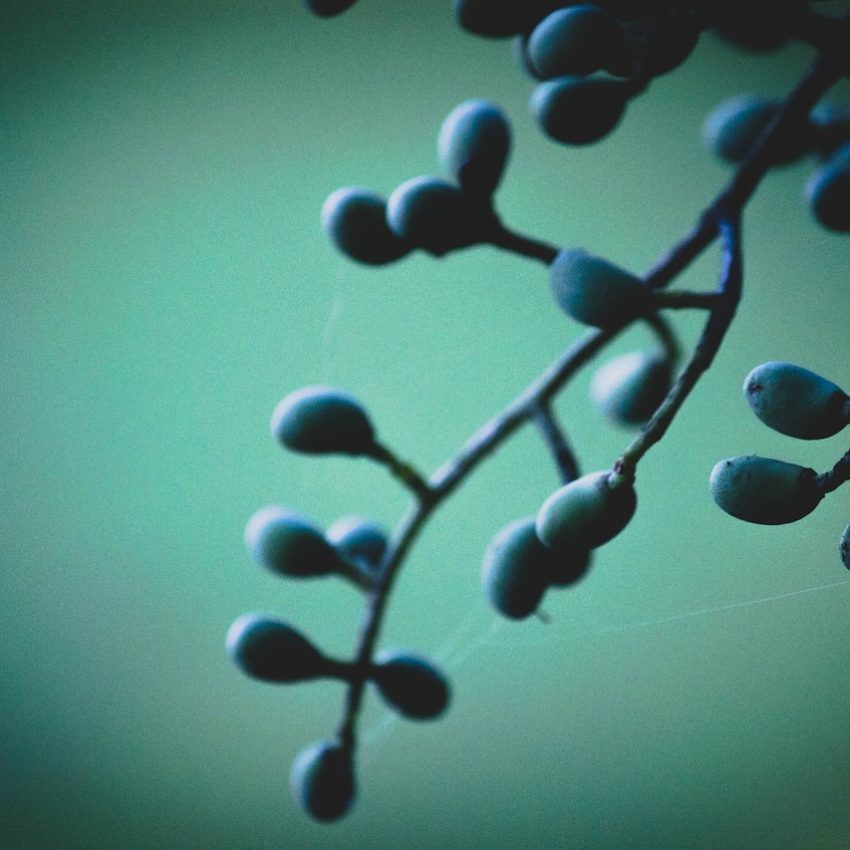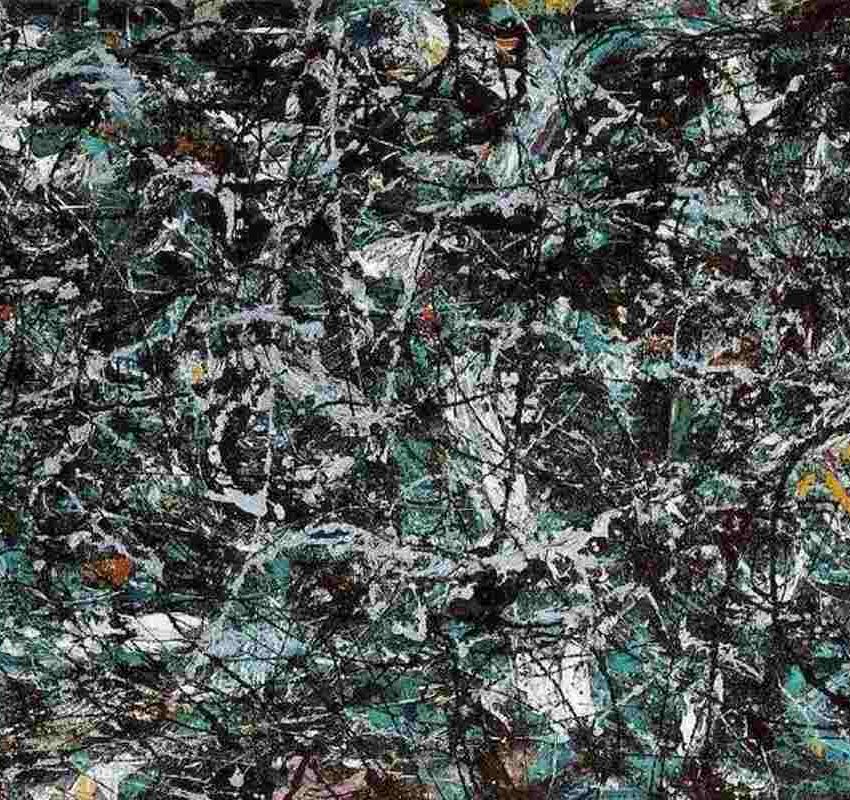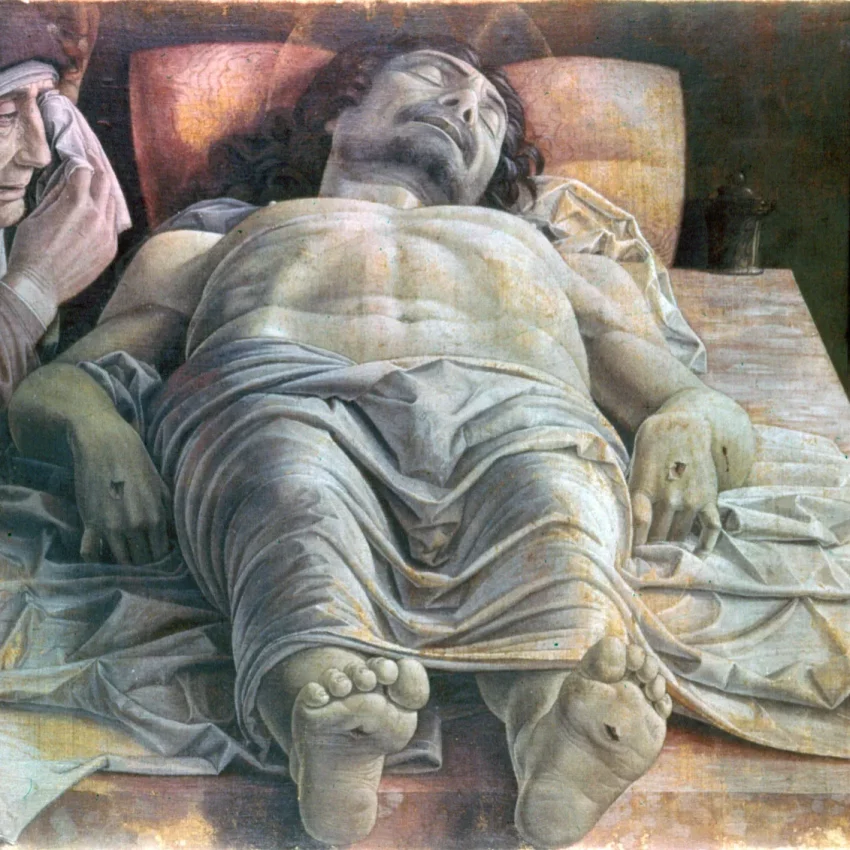Unveiling Fluxus: A Deep Dive into the Irreverent Fluxus Art Movement
In the realm of art history, there exists a movement that defies traditional boundaries and challenges the very essence of what art can be.
Welcome to Fluxus – a dynamic and avant-garde collective born out of a fervent desire to break free from conventional norms and embrace artistic experimentation like never before.
As we embark on this journey into the enigmatic world of Fluxus, we are greeted by a wave of creativity that knows no bounds, where everyday objects transform into profound expressions of thought-provoking concepts.
Established in 1960 by Lithuanian-American artist George Maciunas, Fluxus emerged as an international network of artists and composers, distinguished by a collective ethos rather than a formalised movement.
Initially rooted in experimental music, the movement derived its name from a magazine featuring avant-garde works by artists and musicians associated with the influential composer John Cage.
With roots embedded in Dadaism and surrealism, Fluxus embodied a spirit of rebellion against the elitist art establishment.
Led by visionaries such as George Maciunas, Nam June Paik, and Yoko Ono, Fluxus sought to dissolve the boundaries between art and life itself, advocating for an immersive experience that transcended mere spectatorship.
The founding principles of Fluxus were not merely theoretical constructs but lived realities – urging individuals to engage with art on a visceral level while questioning the very nature of creativity and authorship.
With an ethos grounded in interdisciplinarity, chance operations, and anti-commercialism, Fluxus paved the way for a new breed of artists unafraid to push boundaries beyond limits previously imagined.
The term “Fluxus,” derived from the Latin word for “flowing,” encapsulated Maciunas’s vision of fostering a revolutionary surge in art, advocating for dynamic, living expressions that defied conventional norms—an ethos reminiscent of the earlier Dada movement.
The inaugural Fluxus event took place in 1961 at the AG Gallery in New York, immediately followed by a significant 1963 festival at the Museum of Modern Art which included performances by Fluxus members such as Alison Knowles and George Maciunas, showcasing the movement’s blend of conceptual art and performance.
Dada Influence on Fluxus: Ancestral Roots of Revolutionary Creativity
Joseph Beuys and Fluxus: Bridging Artistic Philosophies
Joseph Beuys played a pivotal role in bridging artistic philosophies within the Fluxus movement. While not a formal member of Fluxus, Beuys’s artistic endeavors and philosophical outlook resonated deeply with Fluxus ideals.
His concept of “social sculpture,” which posited that everyone has the potential to be an artist and that art should be integrated into everyday life, closely aligned with Fluxus’s emphasis on democratising creativity and challenging traditional notions of authorship.
Beuys’s participatory approach to artmaking and his belief in the transformative power of art to effect social change mirrored Fluxus’s commitment to engaging audiences and breaking down hierarchical structures within the art world.
Through his collaborations with Fluxus artists and his own innovative artistic practice, Beuys helped to shape Fluxus’s expansive vision of art as a catalyst for personal and collective transformation.
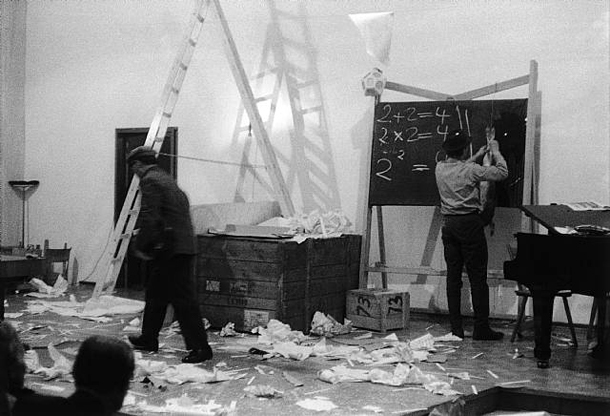
Key Figures of Fluxus Art: Profiles of Influential Fluxus Artists
Nam June Paik
Nam June Paik’s role in Fluxus extended beyond his involvement in performance art. As a pioneer in incorporating technology into artistic expression, Paik challenged conventional notions of art mediums.
His experiments with video art, electronic music, and multimedia installations revolutionized the artistic landscape of the time. Paik’s “TV Buddha,” a sculpture featuring a Buddha statue contemplating its own image on a closed-circuit television, exemplifies his fusion of Eastern spirituality with Western technology.
This innovative approach not only expanded the possibilities of artistic creation within Fluxus but also laid the groundwork for the development of new media art forms in subsequent decades. Paik’s influence on Fluxus underscores the movement’s commitment to embracing interdisciplinary practices and pushing the boundaries of traditional artistic mediums.
George Maciunas
George Maciunas, often referred to as the founder of Fluxus, played a pivotal role in shaping the collective identity of this radical art movement.
Embracing principles such as anti-commercialism and interdisciplinary collaboration, Maciunas established himself as a visionary provocateur who sought to challenge established norms within the art world.
His creation of Fluxus manifestos and organizing numerous festivals brought together like-minded artists who shared his belief in art as a medium for social change and cultural critique.
Maciunas’s legacy extends beyond his contributions as an artist; his dedication to creating alternative spaces for artistic experimentation laid the groundwork for future generations seeking to break free from conventional constraints.
In examining George Maciunas’s impact on Fluxus, we uncover not only a trailblazing artist but also a passionate advocate for expanding creative possibilities through collective action.
Yoko Ono
Yoko Ono, a prominent figure in the Fluxus movement, is renowned for her avant-garde artistic expressions that blur the boundaries between art and life. As both an artist and a peace activist, Ono’s groundbreaking performance pieces challenged traditional notions of art by inviting audience participation and encouraging viewers to rethink their perceptions.
Her iconic work Cut Piece exemplifies this ethos, where she invited spectators to cut away portions of her clothing until she was left exposed. This act symbolised vulnerability, trust, and the power dynamics inherent in human interactions.
Through her innovative performances and thought-provoking installations, Yoko Ono continues to inspire audiences worldwide by pushing the limits of artistic expression.
While Yoko Ono’s “Cut Piece” is perhaps her most renowned Fluxus work, her contributions to the movement extend far beyond this singular performance.
Ono’s conceptual pieces often challenged societal norms and encouraged viewers to confront uncomfortable truths about power, vulnerability, and human connection.
For example, her “Grapefruit” series consisted of written instructions for conceptual artworks, inviting participants to engage in acts of imagination and introspection.
Additionally, Ono’s collaborations with other Fluxus artists, such as her work with John Cage, George Maciunas, and Alison Knowles, further enriched the movement’s ethos of collaboration and experimentation.
By exploring Ono’s diverse body of work within Fluxus, we gain a deeper appreciation for her role as a pioneering figure in avant-garde art, a member of Fluxus, and her lasting impact on contemporary artistic practices.
Characteristics of Fluxus Artworks: Analyzing the unconventional methods used by Fluxus artists
Fluxus artworks are characterized by their inventive use of everyday objects and actions to challenge artistic conventions.
For instance, George Brecht’s “Event Scores” comprised simple, written instructions that prompted participants to engage in mundane yet thought-provoking activities, such as “Drip Music,” where performers would pour water onto various surfaces to create sound.
Similarly, Alison Knowles’s “Make a Salad” performance invited audience members to participate in the preparation and consumption of a communal salad, blurring the lines between art, daily life, and social interaction.
By highlighting these specific artworks, we can better understand Fluxus’s playful yet profound approach to artistic expression and its enduring relevance in contemporary art discourse.
Fluxus artworks are a testament to the rebellious spirit that defined this avant-garde movement. Instead of conforming to traditional artistic practices,
Fluxus artists embraced unconventional methods as a means of challenging the established norms of art creation. One notable characteristic of Fluxus works is their emphasis on interactivity and audience participation.
Unlike conventional art forms that often present finished products for passive observation, Fluxus pieces invite viewers to engage with them actively, blurring the boundaries between artist and spectator.
This interactive element, key to the practice of Fluxus members such as Ben Vautier, not only disrupts traditional notions of authorship but also transforms the viewing experience into a dynamic exchange between artwork and viewer.
Moreover, Fluxus artworks are characterised by their playful and irreverent approach to artistic expression.
Through humor, absurdity, and spontaneity, Fluxus artists sought to inject an element of surprise into their creations, disrupting expectations and inviting viewers to question preconceived ideas about art.
By incorporating everyday objects or actions into their works in unexpected ways, such as using found materials or staging seemingly mundane performances in public spaces, Fluxus artists challenged the notion of what could be considered ‘art’ while pushing against elitist attitudes prevalent in the art world at that time.
This subversive quality not only distinguished Fluxus, a movement that included Ben Vautier and Alison Knowles, from other art movements but also laid the groundwork for conceptual art practices that would emerge in subsequent decades.
Conceptual Art and Fluxus Art Movement: Interdisciplinary Explorations of Meaning
Conceptual art and the Fluxus art movement share a profound commitment to challenging traditional notions of art-making and engaging in interdisciplinary explorations of meaning.
Both movements, including Fluxus with members like Alison Knowles and Ben Vautier, prioritise ideas and concepts over traditional aesthetic concerns, often employing unconventional materials and methods to convey their messages.
While Fluxus embraced playful irreverence and spontaneity in its approach, conceptual art tended to be more cerebral and introspective, focusing on the conceptual framework behind the artwork rather than its physical manifestation.
However, the two movements intersected in their rejection of traditional artistic hierarchies and their emphasis on breaking down the boundaries between art and life.
Artists associated with Fluxus, such as Yoko Ono, Alison Knowles, and Nam June Paik, frequently engaged in conceptual practices, blurring the lines between performance, installation, and conceptual art.
Through their innovative approaches to art-making, Fluxus and conceptual artists challenged viewers to reconsider the nature of art and its role in society, leaving a lasting impact on contemporary artistic discourse.
Installation Art in Fluxus
Installation art within Fluxus was not merely about creating static exhibitions but transforming spaces into immersive experiences.
Artists involved in Fluxus utilized installations to challenge traditional notions of gallery spaces, often blurring the boundaries between art and environment.
These installations were dynamic, inviting viewers to interact with the artworks in unconventional ways, thus breaking down the barrier between observer and participant.
Works such as Nam June Paik’s “TV Buddha” or Yoko Ono’s “Wish Tree” exemplify Fluxus’s approach to installation art, where the audience becomes an integral part of the artistic experience, contributing to the creation of meaning within the space itself.
Performance Art in Fluxus
Performance art, a central component of Fluxus and actively explored by members like Benjamin Patterson, served as a platform for artists to directly engage with audiences and challenge societal norms.
Fluxus performances were characterised by their spontaneity, irreverence, and participatory nature.
Artists like Yoko Ono, Nam June Paik, and Joseph Beuys utilised performance as a means of subverting conventional art forms, often staging absurd or provocative actions to provoke thought and reaction.
These performances were not confined to traditional theatre spaces but often took place in public settings, further blurring the lines between art and everyday life.
By engaging directly with audiences and confronting societal taboos, Fluxus performance art pushed the boundaries of artistic expression and paved the way for future generations of performance artists.
Exploring Fluxus at the Walker Art Center: A Showcase of Avant-Garde Movements
The Walker Art Center, a renowned institution, has showcased numerous avant-garde movements, including Fluxus.
Feminist art, artificial art, illusionistic art, and mathematical art have all been subjects of exploration within its galleries. Some argue that Fluxus people, said that Fluxus, through their unconventional Fluxus scores, have contributed to the emergence of new art forms.
Academic art, despite its dominance in traditional art institutions, was challenged by Fluxus festivals and the Fluxus founder’s vision. Fluxus art pieces, diverse in their approach to art, offered a refreshing perspective on the art of the 1960s.
The Fluxus group, composed of a diverse array of artists and art practitioners, sought to redefine art production and blur the boundaries between art disciplines.
Several Fluxus artists were also associated with feminist art, adding to the movement’s rich tapestry. While Fluxus also embraced illusionistic art and mathematical art, its primary focus was on promoting living art and disrupting century-old art norms.
Impact on Contemporary Art: A Pioneering Legacy in the Modern Art Scene
Fluxus, with its revolutionary spirit and boundary-breaking ethos, continues to cast a profound influence on contemporary art practices worldwide.
Its legacy of challenging traditional artistic norms and embracing interdisciplinary approaches has paved the way for a new wave of artists seeking innovative modes of expression.
In a landscape where experimentation and unconventional thinking reign supreme, Fluxus stands as a beacon of inspiration for creators pushing the boundaries of conventional art forms.
One only needs to look at the works of present-day artists engaging with performance art, conceptual installations, and interactive pieces to witness Fluxus’ enduring impact.
The playful irreverence towards artistic conventions that defined Fluxus remains palpable in exhibitions showcasing avant-garde creations that blur the lines between various disciplines.
By fostering an environment that encourages spontaneity, audience participation, and anti-establishment sentiments, Fluxus has empowered contemporary artists to challenge societal norms through their work while inviting viewers to question preconceived notions about art’s purpose and meaning.
Legacy: Shaping Our Concept of Art
The Fluxus movement, with its radical approach to art-making, has left an indelible mark on our perception of what art can be.
By challenging traditional boundaries and negating the distinction between high and low culture, Fluxus artists pushed the limits of creativity and expression.
Through their unconventional performances, installations, and objects, they forced viewers to confront preconceived notions of artistic value and meaning.
This legacy continues to influence contemporary artists who seek to disrupt established norms and provoke thought through their work.
One key aspect of Fluxus’ impact on the art world is its emphasis on process over product. Unlike conventional art forms that prioritise the final artwork as a valuable commodity, Fluxus focused on the experiential journey of creation.
The emphasis was not solely on the end result but also on the playful exploration of ideas, materials, and actions along the way. This shift in perspective challenged audiences to reconsider their expectations about artistic production and consumption.
As a result, we now see traces of Fluxus principles in modern practices that celebrate experimentation, spontaneity, and interactivity as essential components of artistic expression.
Moreover, by blurring the boundaries between art and life itself, Fluxus, with its group of artists including Ben Vautier, expanded our understanding of where art can exist.
Everyday objects became potential tools for creative expression within this movement; mundane actions could transcend into meaningful gestures when infused with artistic intent.
This redefinition opened up new avenues for exploring social commentary through art while connecting personal experiences with broader societal issues, a notion widely explored by Fluxus artist Alison Knowles in her interactive pieces.
In essence, the legacy of Fluxus lies not just in its specific artworks or events but in its transformative impact on how we perceive creativity, aesthetics, and meaning within contemporary society’s broader cultural landscape.
Pushing Boundaries: The Revolutionary Impact of Fluxus
Fluxus remains a revolutionary force in the art world, with its group of artists challenging traditional boundaries and redefining what constitutes art.
By emphasizing experimentation, audience participation, and a rejection of the commodification of art, Fluxus artists have paved the way for new forms of creative expression.
This movement’s bold approach to blurring the lines between art and life continues to inspire contemporary artists to think outside conventional norms.
Beyond its artistic innovations, Fluxus has also served as a social commentary on pressing issues of its time.
Through provocative performances and thought-provoking works, Fluxus artists critiqued societal structures and challenged established power dynamics.
This critical engagement with the world around them not only reflects the socio-political climate of the 1960s but also resonates with current conversations on activism and resistance within the arts. As we look back on Fluxus’ legacy, it is evident that this movement’s fearless spirit in pushing boundaries has left an indelible mark on artistic practices worldwide.
In essence, Fluxus embodies a spirit of liberation from constraints imposed by traditional artistic conventions.
Its influence, enriched by the involvement of members of Fluxus like Yoko Ono, extends far beyond its initial emergence, continuing to inspire generations of creatives to push against limitations and embrace new modes of expression.
By daring to be different, Fluxus has shown us that true innovation often lies at the intersection of audacity and imagination—making it a beacon for those seeking uncharted territories within the ever-evolving landscape of contemporary art.
Fluxus played a pivotal role in expanding the boundaries of artistic practice, fundamentally altering perceptions of what constituted art.
Its influence has reverberated through the decades, contributing to the diversification of artistic forms and methodologies.
Characterised by a lack of singular stylistic conventions, Fluxus embraced a do-it-yourself approach, encouraging artists to utilise diverse media and techniques.
Rejecting elitism, Fluxus espoused a democratic ethos, inviting participation from all, and fostering collaborations across disciplines and with audiences. Embracing simplicity and eschewing commercialism, Fluxus works often incorporated elements of chance, accident, and humor.
Fluxus attracted a roster of avant-garde luminaries in the 1960s, including Joseph Beuys, Dick Higgins, Yoko Ono, Nam June Paik, and others.
These artists engaged in spontaneous performances, utilized found materials, and embraced collaborative practices, contributing to Fluxus’s legacy as a transformative force in contemporary art.
